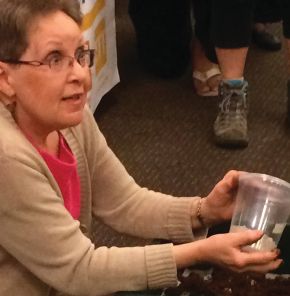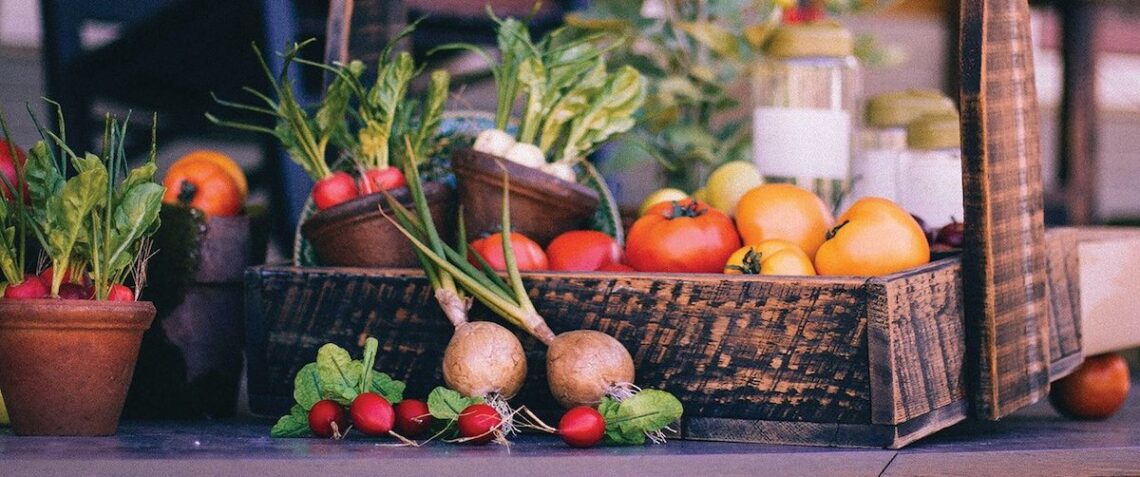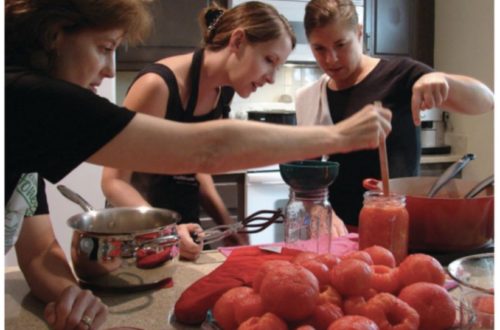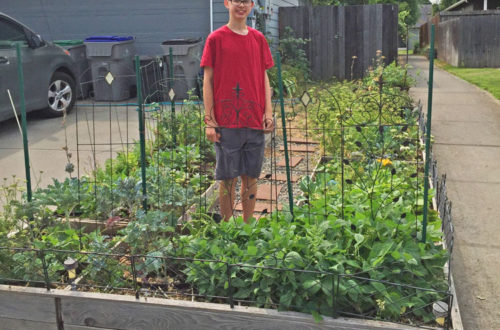Ideas to Grow More & Waste Less Food
By the time you read this, much of the adrenaline and enthusiasm about gardening may have worn off since the arrival of seed catalogs in January. Your vegetable garden may have grown profusely, producing stunning spring and early-summer food. Or, you may have planted your plants too early, only to find them to have flopped over or dried out. While many gardening successes are serendipitous, most are a result of planning.
In this article, we’ll tackle how an ounce of planning can produce more and healthier vegetable plants and how you can reduce waste and prevent diseases.
Most of the plants in Pacific Northwest vegetable gardens are annual plants. The seeds germinate in the spring; they grow through the spring and summer and produce edible parts in summer or fall. More importantly, they produce seeds, whose existence continues the species. Other plants, including carrots, germinate in the spring, grow until fall, over-winter in the soil, and return the second spring to create flowers and seeds—unless we dug them up the previous year.
A few species (other than cane and berry plants) fall into the perennial category. These include asparagus, artichokes, and rhubarb. Once planted, you must let them grow in the same place, and they will continue to provide food for your table. These too, produce seeds, but, like trees, they don’t die off for many years.
Now, what does this have to do with preventing waste?
The annual plants are the ones you can “play with” so you maximize their benefits to you. Oregon State University (OSU) has a great publication called Growing Your Own which has a timetable showing how long the germination process takes, whether to germinate indoors or plant directly in the soil, how long before the edible parts of the crop take to mature and several important other factors.
Although many seed envelopes have this information, the plants in the garden centers you transplant into your garden typically don’t. Using the information in Growing Your Own (EM9027), you can also estimate how long continued planting of the seeds over the course of the season will result in not having to have lettuce for every meal for 4 weeks because you planted the entire packet at once.
Succession planting uses this information to estimate how long a plant will use garden real estate until its work is done for this year. But there’s no reason to let that garden space sit empty until next year’s crop!
You can find another species that can be planted when the first has been consumed and use the space for something else. But it takes planning so that if you need to germinate the second crop before transplanting, the seedling will be ready to move outdoors. Or, you can purchase (or trade) the second crop in advance of the time to plant.
This isn’t just a spring-to-fall opportunity. We have a large variety of plant species that are able to stay alive during the late fall and winter. Some of them can be harvested throughout the winter. However, many are there, just waiting for you in the spring, and will continue to be edible into the summer. These include everything from beets to turnips, and can be found In the OSU publication Fall and Winter Vegetable Gardening in the Pacific Northwest (PNW 548).
But planning includes another element, called crop rotation. We have a wide variety of insects in our region (which is a good thing, for the most part). Like a food connoisseurs, they prefer some species in their diets over others. Similarly, since Pacific Northwest gardeners are in the fungus capital of the world, we have to use various methods to prevent microbes from eating our food before we can.
CROP ROTATION
Fungal and bacterial species—both in the air and the soil— prefer some plant species’ leaves and roots and not others.
In the “if you always do what you’ve always done, you’ll always get what you have always gotten” theme, planting the same plants—and the same family—in the same soil year after year may attract the same insects and diseases (fungal and bacterial). So, to confound these in your vegetable garden, change out—rotate—crop species from one growing season to another, replacing them with a less attractive plant species. This also applies to vegetable gardening in containers, which may require replacing the potting soil, both for prevention and renovation of nutrients.
These strategies apply now, beginning with the planning, then the planting, and finally the tasting stages. Keeping a diary or a chart of what you plant and where you planted it from year to year will help avert food waste. And, if you want to work toward becoming a serious gardener, keeping track of which varieties fared best, were the tastiest, and required less work will pay off in the long run. If you have questions or need more input, contact your county Extension office, where you can be put in touch with trained staff and volunteer Master Gardeners to help in your quest to develop a green thumb.
Kris Lamar has been a Master Gardener (and Master Recycler) since 2013. She is a speaker with the Clackamas County Speaker’s Guild, and a member of the Extension Ask an Expert panel. She is also a lawyer and a retired judge.







